Meet the director of golf: Tim Allen at Cowdray Park Golf Club
Tim talks about running a golf club on a viscount’s estate that is also the home of British Polo, attracting members to a club that is in a remote location and how the former clubhouse has been converted into accommodation to attract stay-and-play golfers.
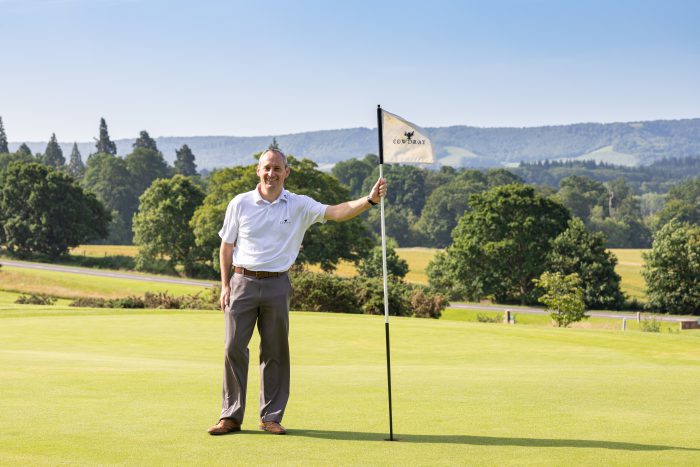
Tim Allen
Cowdray Park Golf Club is not your average golf club. Can you tell us a bit about it?
The club was founded in 1904 and is set in the middle of the 16,500 acre Cowdray Estate. We are fortunate to have panoramic views of the beautiful South Downs, and the original deer park was landscaped by Capability Brown.
The course itself was designed by the Open champion of the same year, Jack White, with assistance from renowned course designers, Herbert Fowler and JF Abercromby. It is an undulating downland golf course which has not changed much in layout in the last 40 years or so.
We are fortunate to be open for play all year round as we are based on natural sandy soil as well as having the benefit of a full fairway irrigation system. Although not long by modern standards, the course is always a fair test and we host various regional and county events. This includes the resurrection of the largest pro am in Sussex.
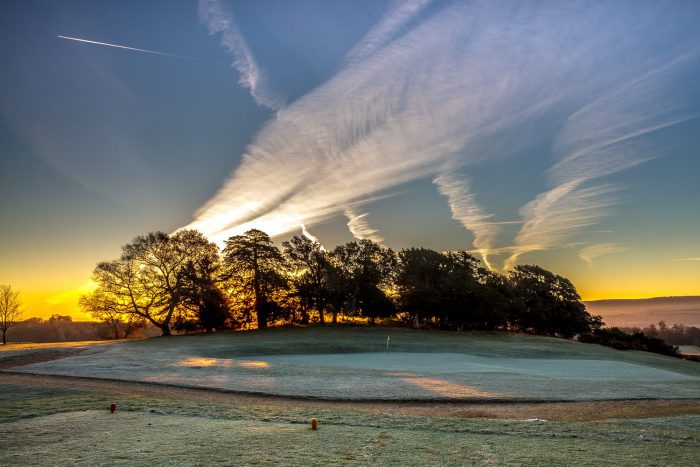
What’s it like having Viscount Cowdray as a boss and are there any unique challenges being part of the Cowdray Estate?
The club is proprietary run with a very strong membership at its core. There have been recent changes in management across the estate with the major change being the introduction of a new CEO, Jonathan Russell. I was appointed in January 2016, with clear objectives that feed into the one Cowdray approach to management. Each business on the estate has its own profit and loss accountability, and each decision must also fit with the Cowdray vision and values.
I am involved in heads of department meetings twice a month, monthly managers’ meetings and quarterly meetings with Lord and Lady Cowdray. Both Lord and Lady Cowdray are wonderfully warm people who care deeply about all aspects of the estate, the staff in particular.
These opportunities are exciting to showcase what we are doing at the golf club as well as keeping me updated with the broad spectrum of the wider estate. We recently completed a rolling five-year plan and over the past two years we have significantly invested in the club. This includes a new first tee experience, new greenkeeping machinery, driving range renovation and the construction of five new tees on the course. The plan is to go through the teeing areas one by one. Internally, the bar, reception and pro shop has been refurbished, new management and competition software systems put in to place and we also have a new fleet of buggies. This investment has to be quantified naturally, however the overarching ambition is to raise the standard of the estate and the golf club is no exception.
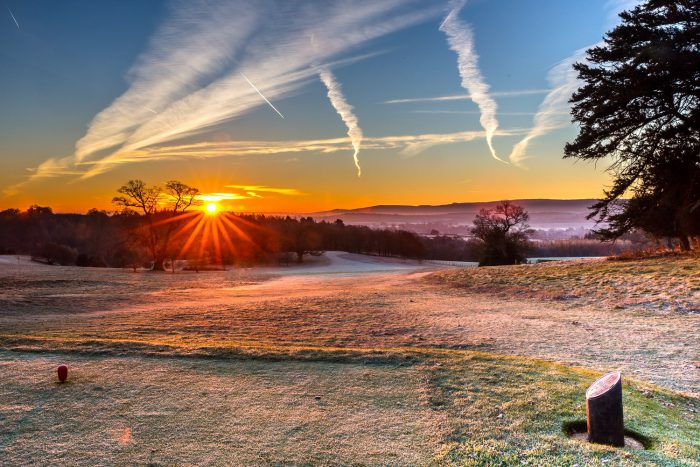
Have you ever tried polo?
Sadly not as my long list of injuries would certainly restrict the chance!! I have watched the game and it is quite a spectacle.
Cowdray is the home of British Polo, with the very best players in the world playing just over the road from the golf club. The pinnacle of the season is the Gold Cup Final, which attracts up to 20,000 spectators.
The view from the 18th fairway across towards the Cowdray Ruins, including the polo fields, is special and on Gold Cup Final day it’s spectacular.
How does Cowdray Park fit in with the local community?
Cowdray really does dominate the local area, with 16,500 acres spreading over seven towns and villages.
The estate employs over 200 full-time staff and a further 150 seasonal staff and the local community is at the core of our vision and values.
Across the nine businesses, including farming, property, hospitality, wellbeing and forestry, there are various ecological and long-term sustainability plans.
The golf club is no exception and we are proud to be in the ‘Ecostim Ecological Top 100’ list. Course manager Jonathan Smith is not only a supremely talented and experienced greenkeeper with a highly dedicated team, but he is always aware of our eco responsibilities.
The estate also supports numerous charity events, Christmas events, community days and local schools.
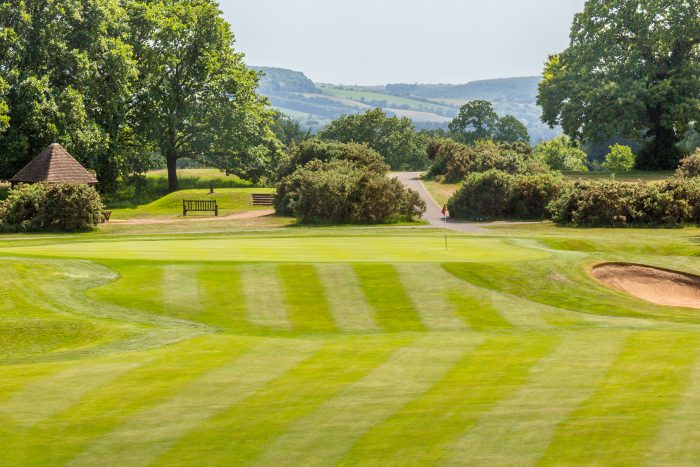
Can you talk us through the Cowdray Golf Academy? What does it offer and how many professionals work on it?
This is an area that we have worked hard on in the last couple of years in particular.
We have fantastic facilities, a five-hole par three course, short game area and a full length driving range. Over the winter months we constructed a swing / fitting studio. The work was undertaken by the estate’s own works’ department, who sourced timber panels sawn from the estate forest. This is a great example of the wider estate working together on a specific project.
This significant investment included the addition of Trackman 4 launch monitor which the team have all received full training in.
We have three teaching professionals here, Matt Watson, Harry Smith and Hannah Ralph. Matt and Harry are both keen to further their knowledge and learning into Trackman and the early signs are extremely positive.
The studio is in use daily, the range has never been busier and the pro shop has seen a huge surge in custom-fit sales since the start of this year.
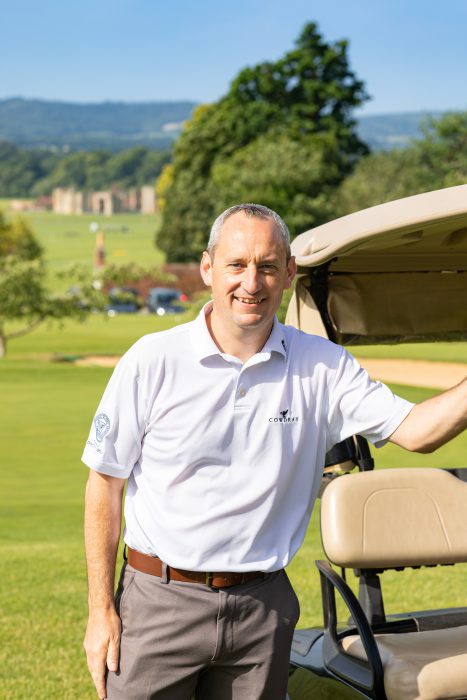
You’ve been a PGA professional since the late 1990s, how have you found that role, and generally the golf club industry, has changed in the last 20 years?
Quite a bit! The PGA role is now, without doubt, less traditional. There are PGA professionals now filling more diverse roles within the golf industry in general. Many members are embarking on different career paths in the game, some extremely entrepreneurial, and I believe the PGA training is now developing to encourage this mind set.
I have, along with many other PGA members, also joined the GCMA. In general, technology has stretched the game further and golfers are now better informed before making decisions, whether it be booking a golf break, buying equipment or joining a club. Various initiatives introduced to the industry over the past few years have also given golfers more options to play the game than ever before, which is great.
What do you find are the biggest challenges managing the club today?
As we strive to improve every day, the natural knock-on effect is the challenge of meeting every customer’s expectations. In particular members’ ideals and demands.
This has come about by proactively creating a more welcoming environment with an enthusiastic team. That should be the easy part, but, as I mentioned, with this openness comes more expectations. It is crucial to help build trust and loyalty, again particularly in our membership. I’m sure most golf club managers echo the fact that, generally, golfers expect a much better overall experience than in the past.
We are no different and another challenge we face is our location. Although it is a really beautiful part of England, there is a limited demographic and not too many chimney pots nearby.
This heightens the need to create a memorable impression on all that come along to Cowdray as with the majority, they have chosen to make at times a significant journey. That didn’t want to sound too much like a sob story as I am really fortunate to live and work in such a beautiful area!
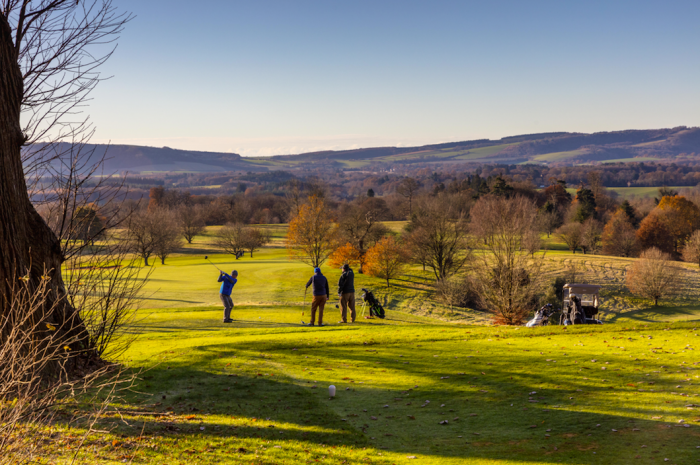
You previously worked at Playgolf Bournemouth, which particularly markets to younger people. What was that experience like?
Having the opportunity to move from full-time coaching into full-time management was a great experience and a steep learning curve!
It is a very busy facility which grew and grew under new ownership.
During my time there, the centre upgraded the 60-bay driving range and built a brand new family-friendly restaurant. More non-golf attractions were added to appeal to a wider audience and it gave me great education of the pay-and-play market.
Bournemouth is a great place and I even introduced golf to the beach, which was huge fun!
Is Cowdray Park trying to attract more women and juniors to the facility?
Juniors are certainly a growth area for us. With a new structure of our team, we are now able to deliver free coaching in local primary schools to fit into curriculum for the first time in this area.
There is only one secondary state school in the area, and we have close links, again offering free coaching sessions as well as supporting their open and community days.
We have a strong ladies’ section at Cowdray, with 125 female members. Teaching professional Hannah Ralph delivers popular ladies’ clinics, as well as numerous nine-hole role up sessions to help new and potential members get comfortable to the surroundings.
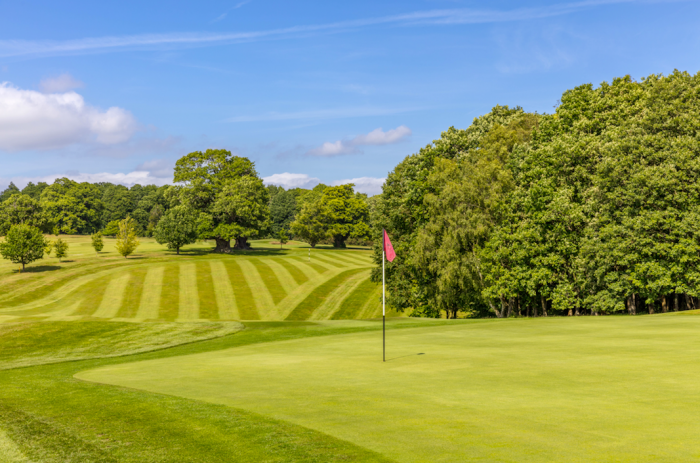
How do you communicate with existing members?
Structured monthly members’ updates via email are really well received. There is no such thing as too much information for our membership.
There is also a monthly newsletter which is more PR related, highlighting positive stories around the club.
Without doubt though, part of my role is to get out there and talk to them too, whether that is dusting off my clubs and playing, or simply chatting in the clubhouse. It is important to keep members updated as they like to feel ‘in the loop’.
What is the club doing to enhance profitability of its food and beverage operation?
We recently invested heavily in refurbishing the bar in the clubhouse to create a warmer, more welcoming environment.
This was primarily to encourage non-golfers to come through door and enjoy just a drink, some lunch or a Sunday carvery.
During the change of management in 2016, the creation of the events’ business was pivotal to enhancing the food and beverage operation.
This enterprise incorporates all hospitality across the estate, including Cowdray House. We also were open to seek advice from an industry leading golf club catering franchisee to help streamline costs, better efficiencies, centralised ordering.
There is also the ongoing ambition to introduce more Cowdray produce onto the menu than ever before.

What is the club’s approach to customer service?
It has to be 100per cent all the time!
Creating the right team to not only be operationally strong, but also to be approachable and engaging has been a focus in the past three years. The team has fantastic interaction with members particularly and visitors are guaranteed a very relaxed, warm and natural welcome for their day.
I feel it is important that although we have our high standards, the personal, natural touch and personality must never be compromised. We are a popular venue for society and visiting groups and it is really a great feeling to receive the positive feedback we do, which is always communicated to the whole team.
All feedback is monitored and responded to as efficiently as possible as it is vital not to let any potential issues linger.
What is the club’s approach to marketing? You get a lot of coverage in the Chichester press, is that something you’ve proactively sought?
We have a centralised estate marketing team who look after the mechanics of the marketing and have created a consistent look and feel.
However, we have our own annual marketing plan to refer to and the team at the club have the freedom to feed stories into the marketing department.
We do have local press coverage which we actively approach along with other PR opportunities.
Our social media presence is strong and traffic is directed to our award-winning website. Our teaching professionals are also in the process of launching coaching platforms via Instagram and YouTube.
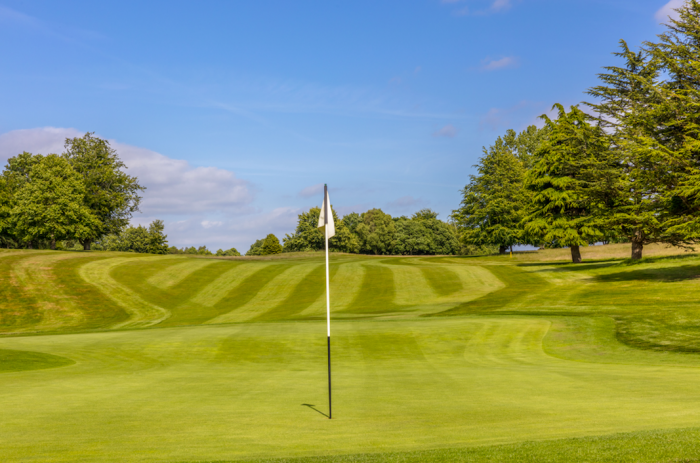
The club offers lodges for golfers. How did this come about, how popular are they and how much management does this service provision require?
The lodge at the golf club was actually the clubhouse up until 2002, which adds to the ‘quirkiness’ we have here!
The listed building was sympathetically renovated to a very high specification in 2017 and now incorporates seven bespoke bedrooms.
The core of the occupancy relates to hospitality across the estate including the thriving wedding market and events based around the wonderful Cowdray House.
We are, however, promoting stay-and-play offers based around Sunday afternoon golf, Sunday evening stay and Monday morning golf.
What are your predictions for the UK golf industry over the next five to ten years?
I’m sure that the game in general will still remain popular.
However, golfers will demand even better all-round experiences and standards will have to be met.
Middle-market facilities, I think, will struggle, and stronger, more proactive clubs will thrive as you simply can’t stand still.
Although all of the initiatives to appeal to a wider audience in the game are fantastic, there is still an appetite for golfers to ‘belong’ to a club.
Quality, value and hopefully fun will continue to be the drivers for golfers in the future.















Let me tell You a sad story ! There are no comments yet, but You can be first one to comment this article.
Write a comment